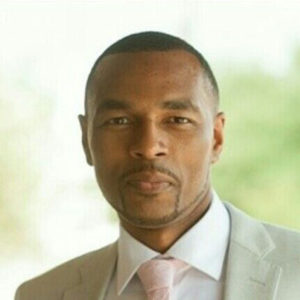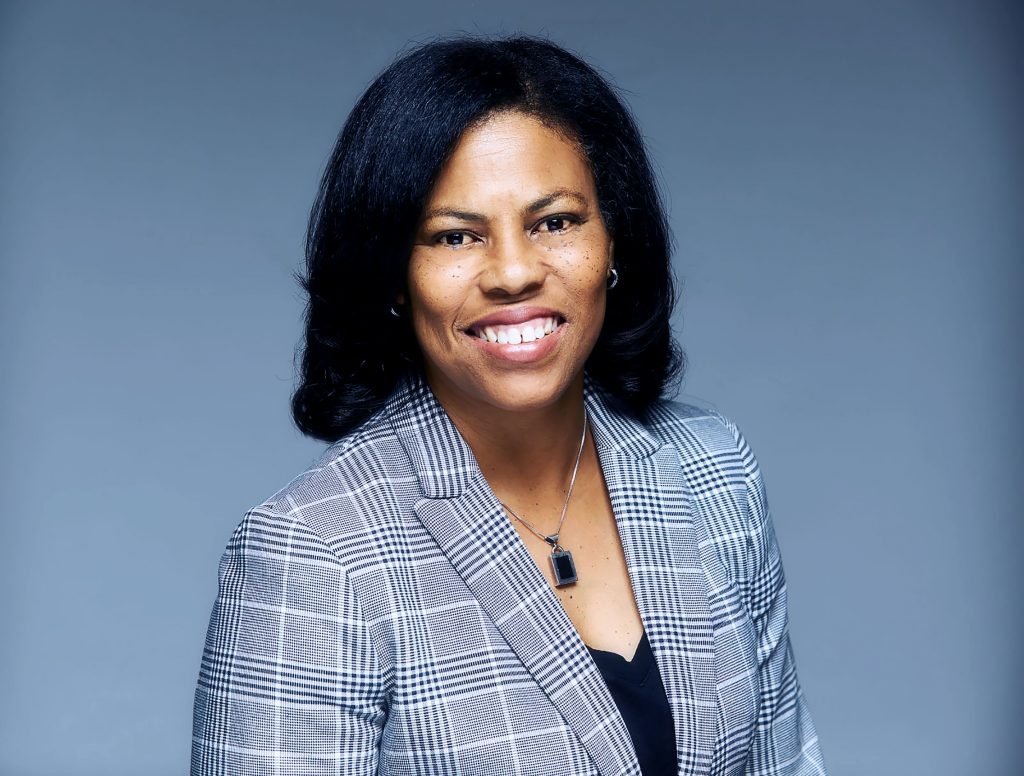
Closing the digital divide is a marathon and a sprint for cities
07 November 2022
by Sarah Wray
At the recent Cities Today Institute City Leadership Forum in Dallas, US Chief Information and Innovation Officers discussed their progress with addressing the digital divide – something that shot to the top of priority lists as the pandemic laid bare stark inequities in internet access and the effect this has on people’s lives.

One key takeaway was that while federal funding such as the Infrastructure Investment and Jobs Act offers a welcome boost for digital inclusion, it isn’t a panacea. Securing the money requires significant effort and much of the impact won’t be felt for some time. For many cities, it’s a balance between doing what they can with the resources they have available today while laying the groundwork for longer-term programmes.
An example of this is in Houston, Texas. Joshua Williams is an Executive Consultant for FUSE Corps, a non-profit that partners with local government agencies to lead strategic initiatives for underserved communities. Williams is working with the Mayor’s Office of Innovation and the IT department in the City of Houston on digital equity. He was originally scheduled to stay with the city for a year from early 2021 and this was extended to two years.
Building blocks
In Houston, which is the fourth-largest city in the US, more than 142,500 households do not have a computer, and over 267,000 households lack broadband internet access.
In the first year, Williams worked with the city to refine the scope of the digital inclusion plan to ensure it reached the areas that need support the most. This was focused around four deliverables: data and mapping; free and low-cost internet services; building and joining coalitions; and funding. The latter included raising awareness of available grants and leading submissions, as well as preparing the city to make the most of federal funding.
Prior to working for FUSE Corps, Williams worked in education as a teacher and most recently as director of operations with the Building Excellent Schools charter system. During the pandemic, he saw first-hand the challenges that students and teachers faced due to a lack of devices and connectivity.
“The digital divide is a lot bigger than most people imagine,” said Williams. “You can find data that proves that and speak to community institutions and anchors that prove that.”
A foundational project was a collaboration with the Houston Planning & Development Department’s GIS team to create an interactive map designed specifically for ‘Complete Communities’ – Mayor Sylvester Turner’s initiative to revitalise Houston’s most under-resourced neighbourhoods. The team also tapped into additional interactive maps via Connected Nation and the National Telecommunications and Information Administration (NTIA) and partnered with the Texas Metro City/County Broadband Collaborative to improve data tracking and digital inclusion mapping on a state-wide level.
The goal is to eventually publish a public map to increase transparency around closing the digital divide.
Long-term plan
With an eye to long-term goals, there have also been some important early wins.
A partnership with the Information Technology Disaster Recovery Center provided free community Wi-Fi installations to 23 apartment complexes and 12 parks, representing a value of US$145,000 at no cost to the city.
“Because of that project [the city] wanted a long-term solution as well so I am supporting the IT department with the mayor’s long-term digital equity services project which will be designed to target three areas that we have identified as high need and that’s our long-term play,” said Williams.
The goal, as outlined in an RFI that closed earlier this year, is to build public-private partnerships that will provide free or low-cost internet to three target areas with the potential to scale city-wide.
The focus now is to retain momentum while ensuring longevity. This includes a Digital Equity Services RFP, a Digital Equity Internet Master Plan and dedicated resources.
“What we want to do is leave the mayor with a plan to develop a long-term permanent digital equity office because a lot of the times we have team members that are dealing with multiple issues at a time – digital equity happens to be one of those issues,” said Williams. “They’re juggling many balls. If we can develop a digital equity office with an individual, we can grow that to a team that focuses solely on digital equity and those long-term and immediate initiatives that we put in place, we think that will be sustainable.”
Williams is clear that funding such as that from the IIJA is part of the solution, but other mechanisms will be needed.
“The problem is not solved by the influx of federal funding,” he said. “It is great that the influx of funding is coming in but even with that funding there are processes within processes to get access to it. You have just about every state, city and county competing for that funding – and it will be exhausted soon.”
“Funding has been pretty cyclical up to this point. It’s also about building an ecosystem,” he added. “We have partners that can support with internet, devices and digital literacy training, but also funding. If we can have sustainable funding, I think we can solve this problem a lot faster.”
Shifting ground
Alison Barlow, Executive Director of the St. Petersburg Innovation District in Florida, also pointed out that digital inclusion challenges continue to evolve, and actions to address them will have to be adapted accordingly.

She gives examples such as the sudden shift to using online platforms like Zoom during the pandemic – which for many required new skills as well as a device with a camera – or the recent influx of Ukrainian refugees to cities. Many are young people who need access to computers and digital skills to look for work and stay connected with family.
The St. Petersburg Innovation District is a public-private partnership established in 2016 and now brings together over 30 organisations which collaborate to address community challenges such as boosting STEM education, tackling coastal issues, improving transportation and closing the digital divide.
Work through the Digital Inclusion St. Pete initiative has included a ‘gadgets for good’ refurbishment scheme, a programme to help neighbourhoods and non-profits set up technology hubs, support to access free and affordable internet, and skills classes.
“Maybe one day we will solve the issues of connectivity and access,” Barlow said. “But there’s always going to be the next thing. It’s never-ending.”
Clear picture
Many cities share a similar challenge in getting an accurate picture of the scale and specifics of the digital divide.
One issue is the way that ‘served’ versus ‘unserved’ is reported from internet service providers.
Kimberly LaGrue, Chief Information Officer for the City of New Orleans, said: “There’s only so much that has to be reported for a census tract for that geographical area to meet that served definition. Most times that significantly under-represents the experience of the majority of the residents in that area.

“So that means we are trying to get more accurate representation from the household level of their service and the speeds they’re getting on a daily basis, at a given time.”
Crowdsourcing efforts could help with this. Last year, the Delta Regional Authority launched the Delta Broadband Mapping Project in Louisiana and other states, calling on residents to submit an internet speed test.
The mapping project aims to help state partners to accurately identify digital divides and ultimately obtain state and federal resources dedicated to broadband expansion projects.
When cities come to apply directly for federal broadband funds, such information could help to strengthen their applications too, said LaGrue, and it can also be useful to articulate residents’ needs to community-based organisations.
The Federal Communications Commission (FCC) also collects data via its Speed Test app to improve broadband mapping.








